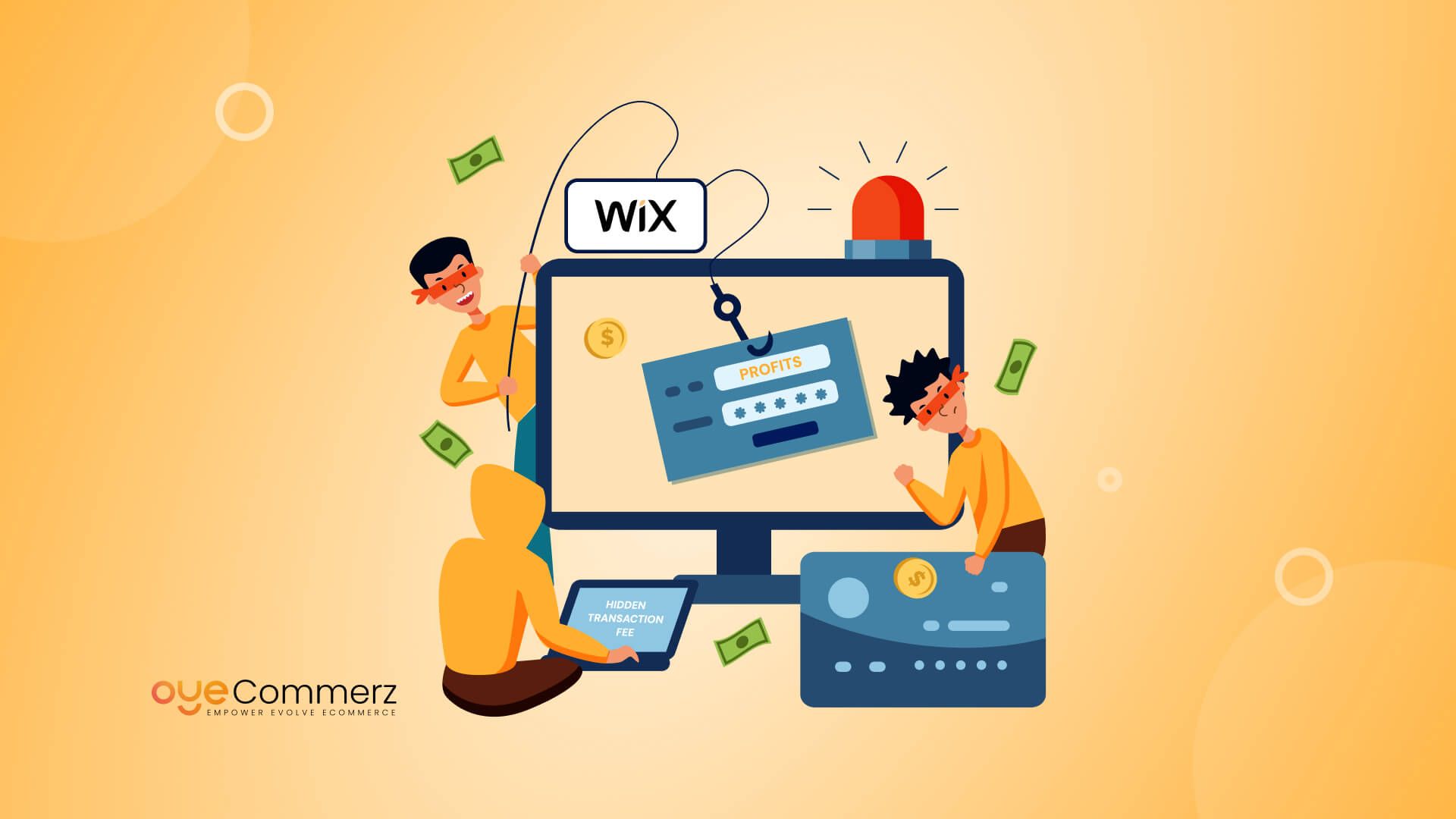In the current digital environment, choosing the appropriate e-commerce platform is essential for business growth. If you're presently utilizing Wix but are considering a move to Shopify, you're not alone. Numerous companies are transitioning to Shopify to leverage its robust features, scalability, and dedicated e-commerce solutions. This article will walk you through the migration process, guaranteeing a smooth move and preparing you for e-commerce success.
Why Switch from Wix to Shopify?
Before diving into the migration process, it's important to recognize why Shopify might be a better choice for your e-commerce needs:
- Specialization: In contrast to Wix, which caters to various use cases, Shopify is engineered specifically for e-commerce, providing advanced tools and features tailored for digital commerce.
- Growth Potential: As your company grows, Shopify can easily accommodate increased traffic and sales volume without compromising performance.
- Extensive App Library: Shopify provides a large collection of apps that can boost your store's capabilities, from advertising solutions to stock control options.
- Search Engine Optimization: Shopify offers superior SEO options, which can help improving your store’s presence on search engines.
- Transaction Methods: With multiple payment gateways available, including Shopify Payments, you can provide shoppers a wide range of options.
Preparing for Migration
To guarantee a smooth migration from Wix to Shopify, follow these preparation steps:
1. Backup Your Data
Export all your data from Wix, including product details, customer information, and order history. This process is vital as it ensures you have a backup of everything before starting the transfer.
2. Choose Your Shopify Plan
Evaluate the different Shopify plans available and select one that aligns with your business requirements. Take into account factors such as transaction fees, built-in tools, and growth potential.
3. Set Up Your Shopify Account
Create your Shopify profile and familiarize yourself with the platform’s dashboard and tools.
The Transition Process
Now that you're prepared, it’s time to migrate your store from Wix to Shopify. Here’s how:
1. Transfer Items
Use Shopify's built-in import tool or external tools like Cart2Cart or LitExtension to move your products from Wix to Shopify.
Make sure that item details, images, prices, and options are accurately transferred.
2. Transfer Customer Data
Upload customer information such as names and contact info into your new Shopify store. This step is vital for maintaining client connections and marketing efforts.
3. Configure Transactions
Set up payment gateways in your Shopify store to ensure seamless payments. You can select from various options like debit methods, PayPal, and others.
4. Personalize Your Store Design
Select a theme that aligns with your brand identity. Customize it using Shopify's customization options to create an attractive and intuitive store Shopify Payments layout.
5. SEO Optimization
Apply SEO best practices during the transition process:
- Set up 301 redirects from old Wix URLs to new Shopify URLs.
- Enhance product titles, descriptions, and photos with E-commerce growth relevant search terms.
- Update meta tags and alt texts for better search engine visibility.
After Migration Steps
Once your store is active on Shopify, consider these follow-up steps:
1. Test Your Store
Conduct comprehensive testing of your new store:
- Check product pages for correctness.
- Verify payment processes.
- Ensure all hyperlinks work correctly.
2. Promote Your Store
Broadcast your new store launch through newsletters and social media channels.
Think about offering special offers or discounts to attract shoppers.
3. Track Your Progress
Leverage analytics tools within Shopify to monitor sales performance and customer behavior.
Adjust your strategies based on data insights.
Conclusion
Migrating from Wix to Shopify can significantly improve your e-commerce potential and lay the foundation for growth and achievement. By following this manual and taking a systematic approach to the migration process, you can guarantee a smooth transition that minimizes downtime and maximizes opportunities for revenue. Welcome the change and watch your online business thrive on its new platform!
